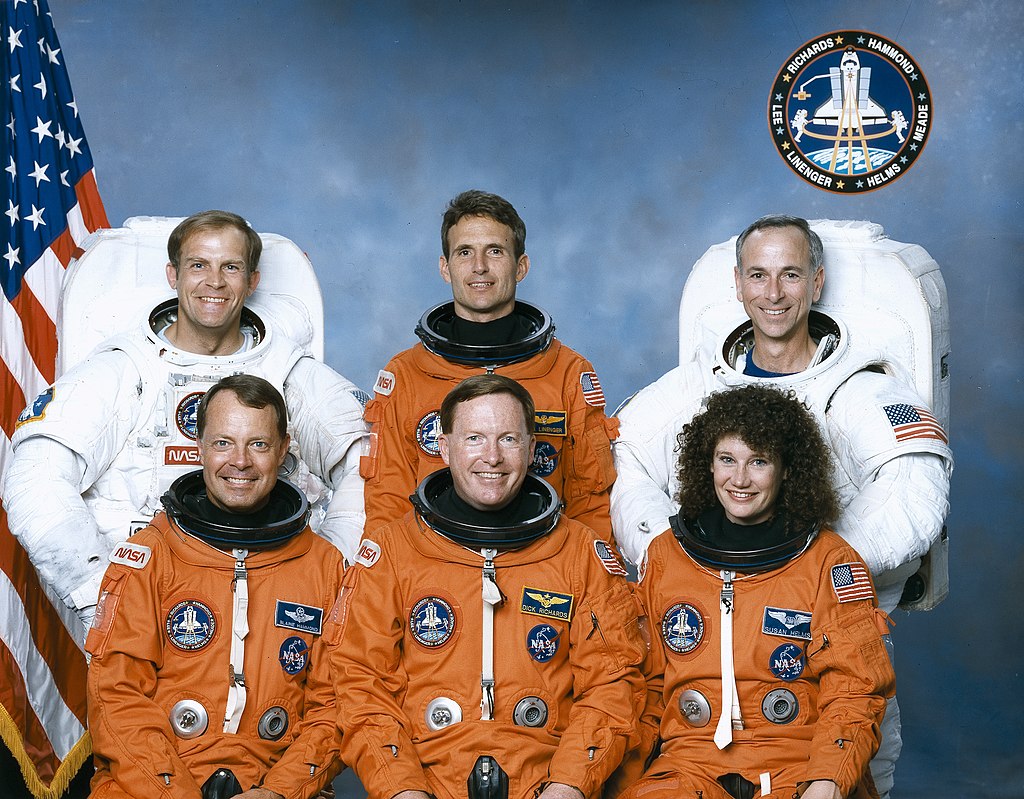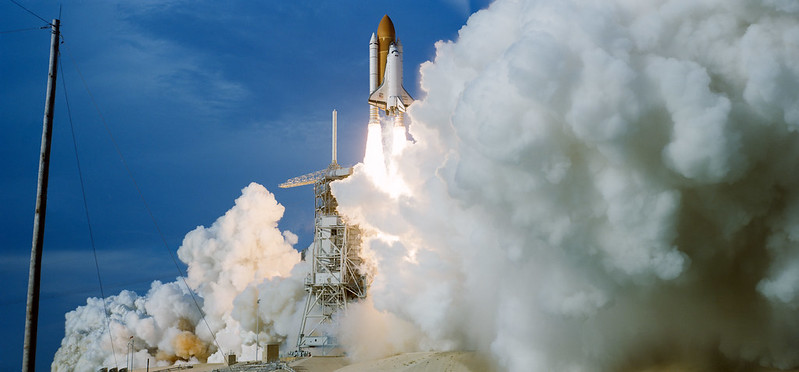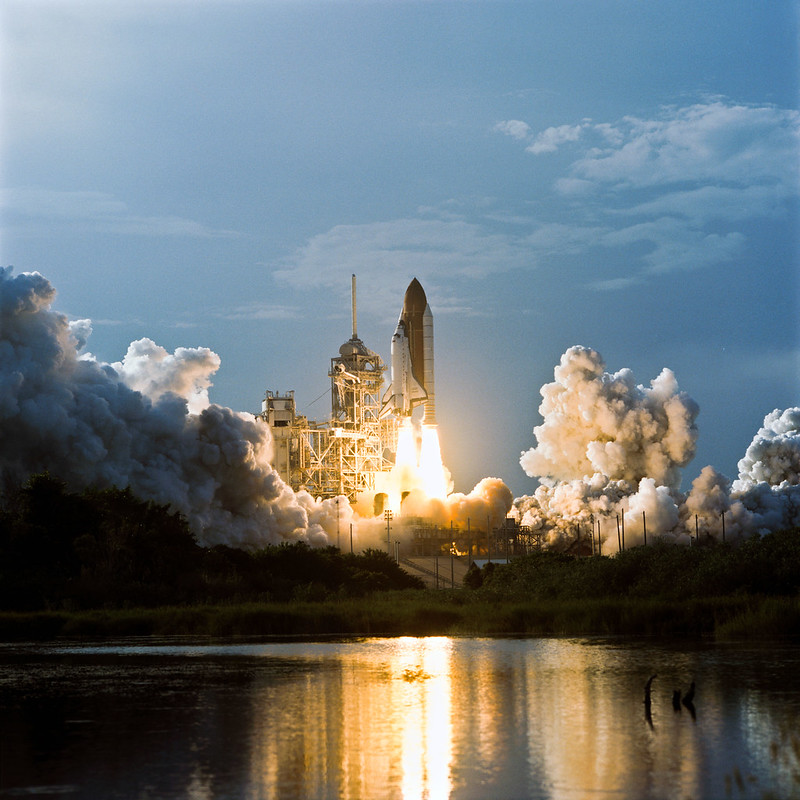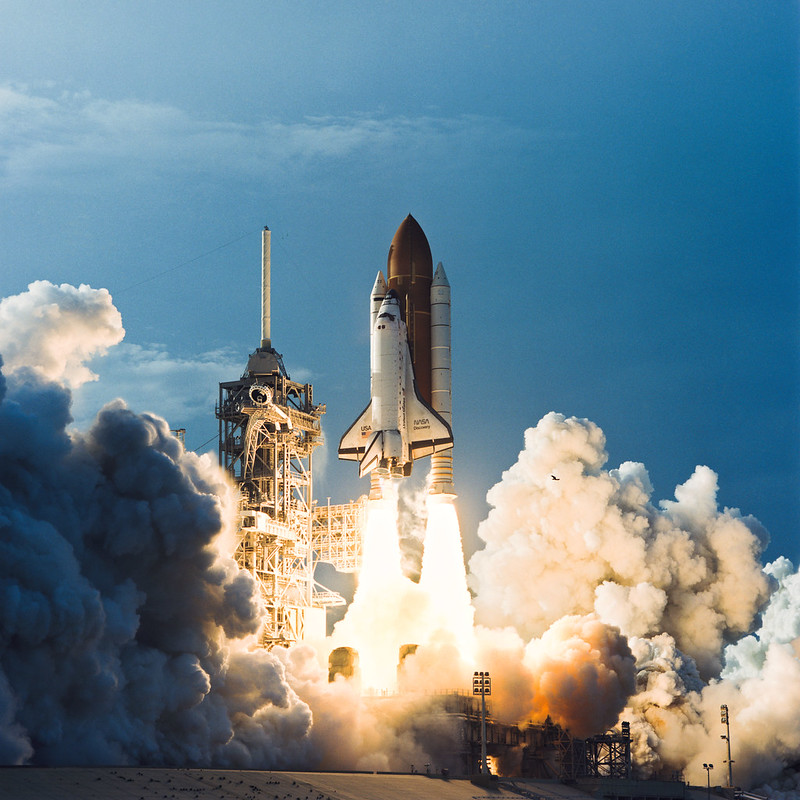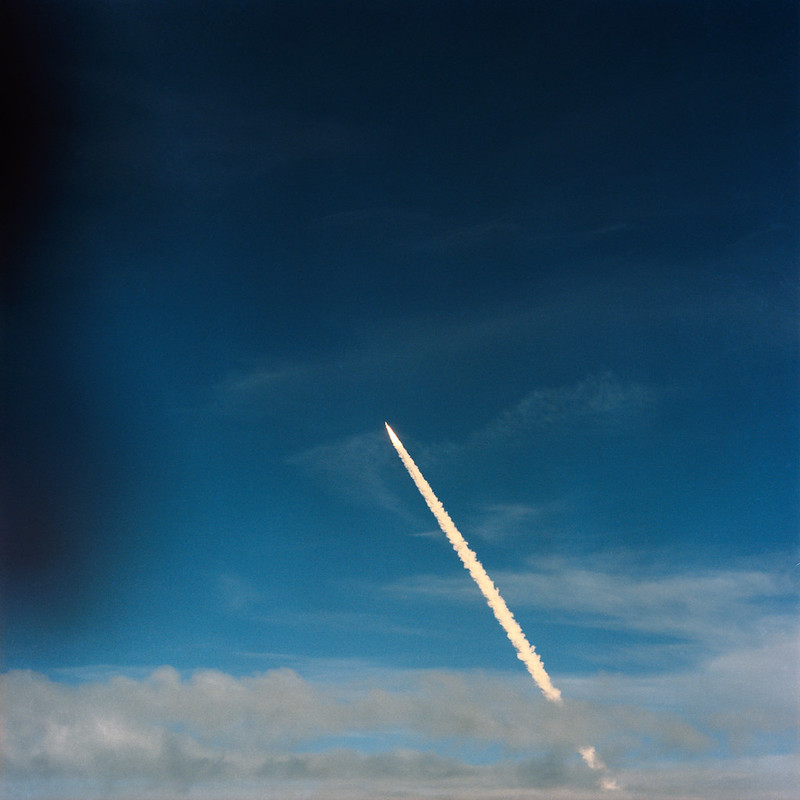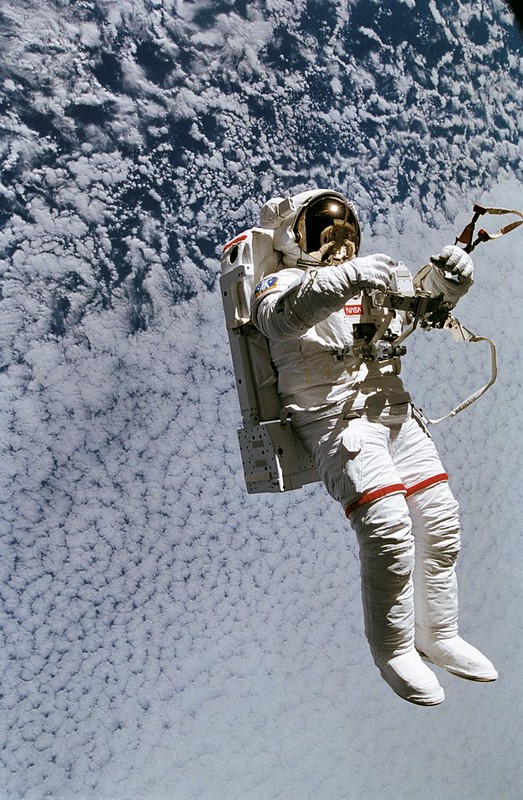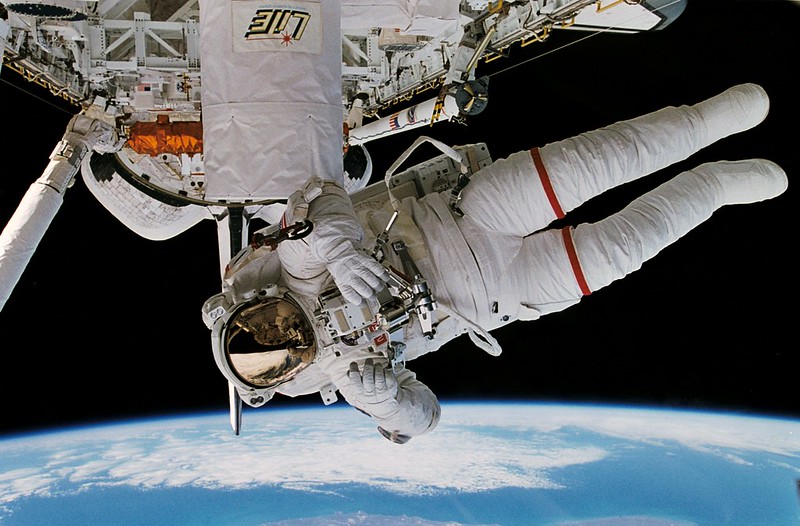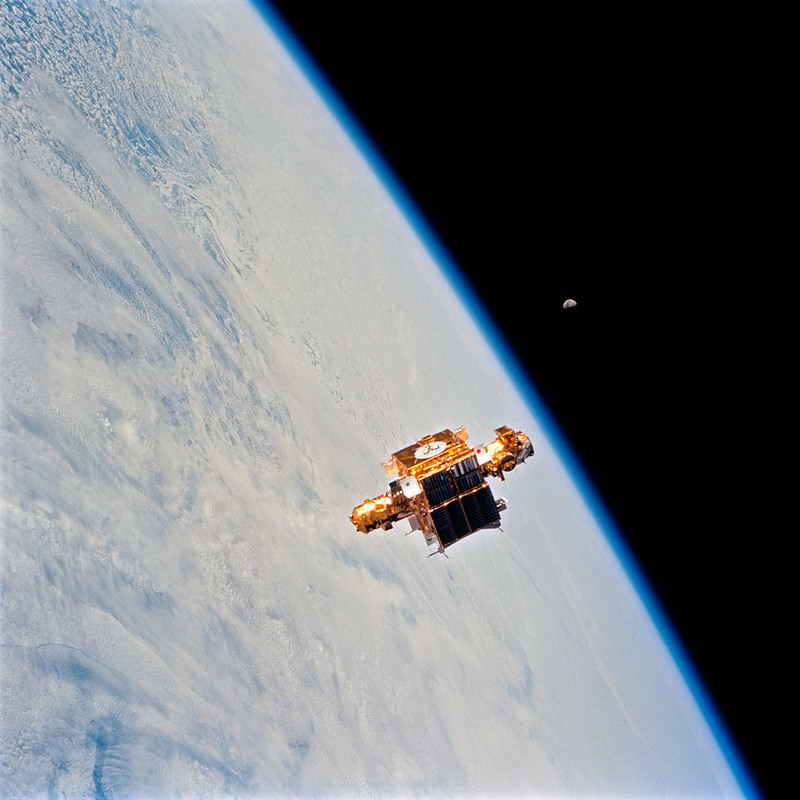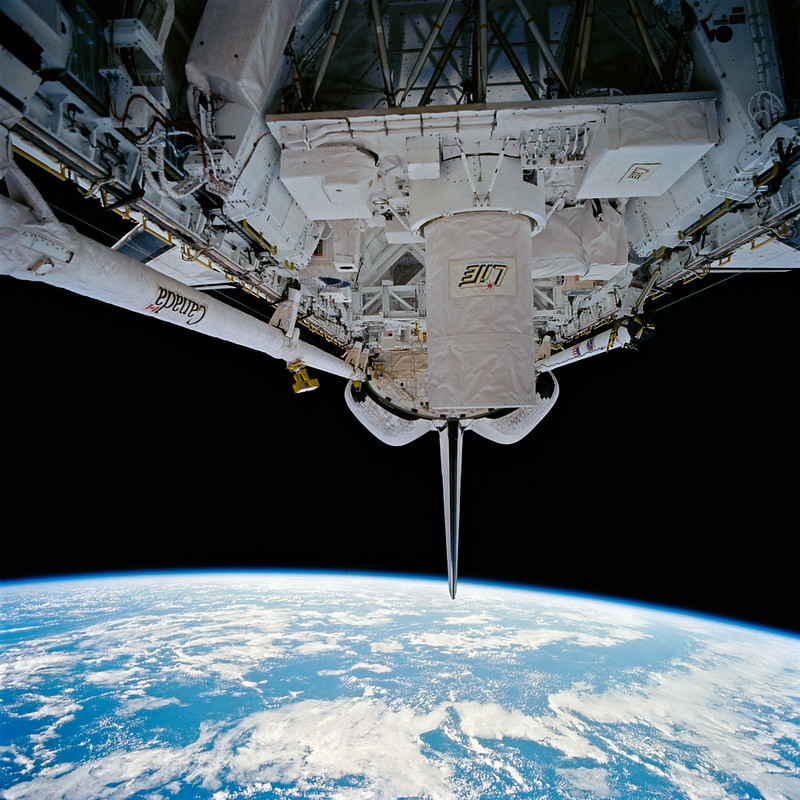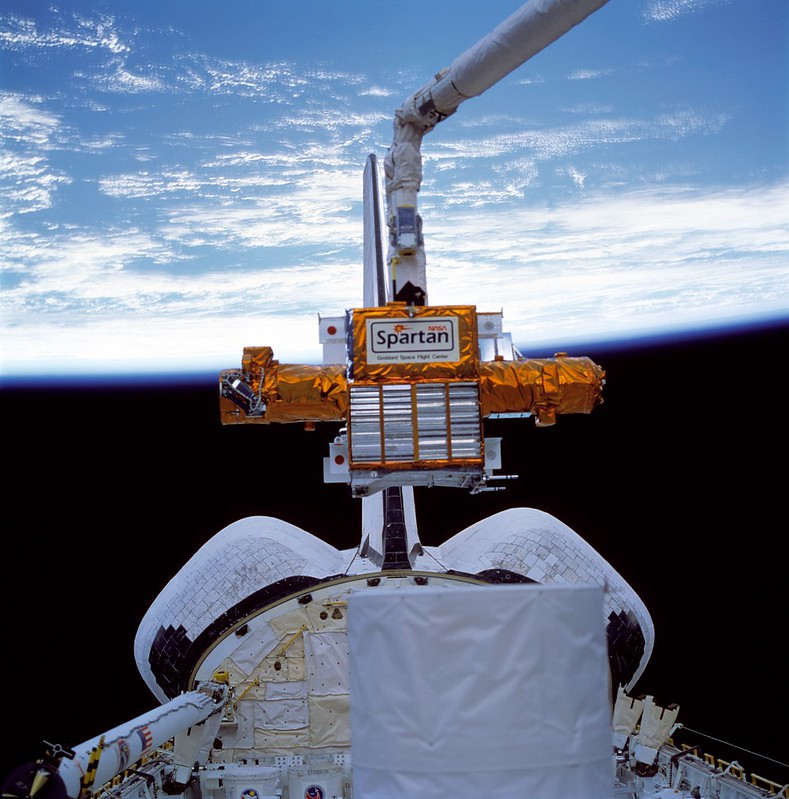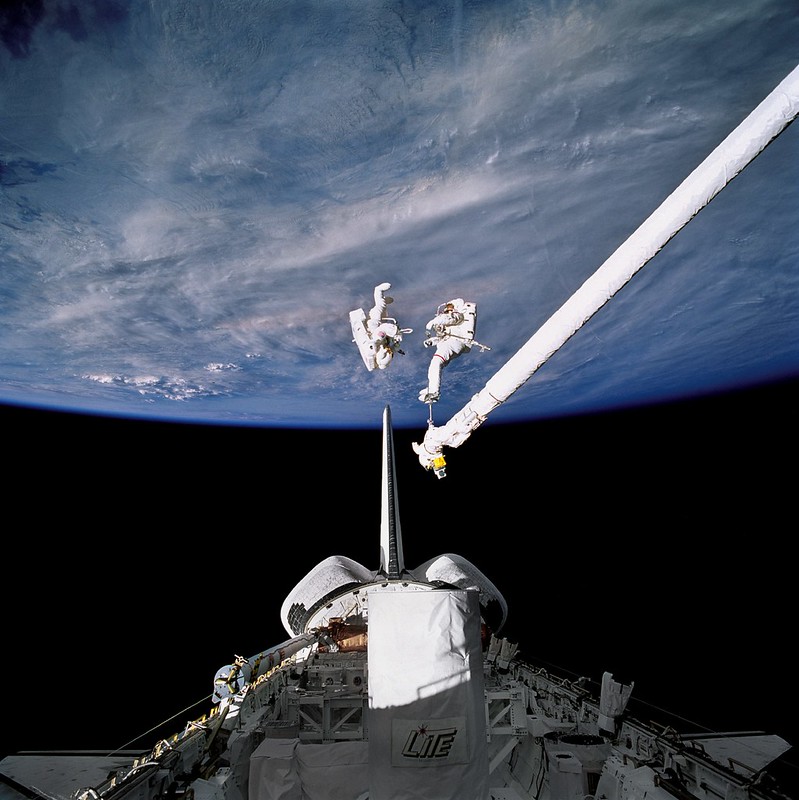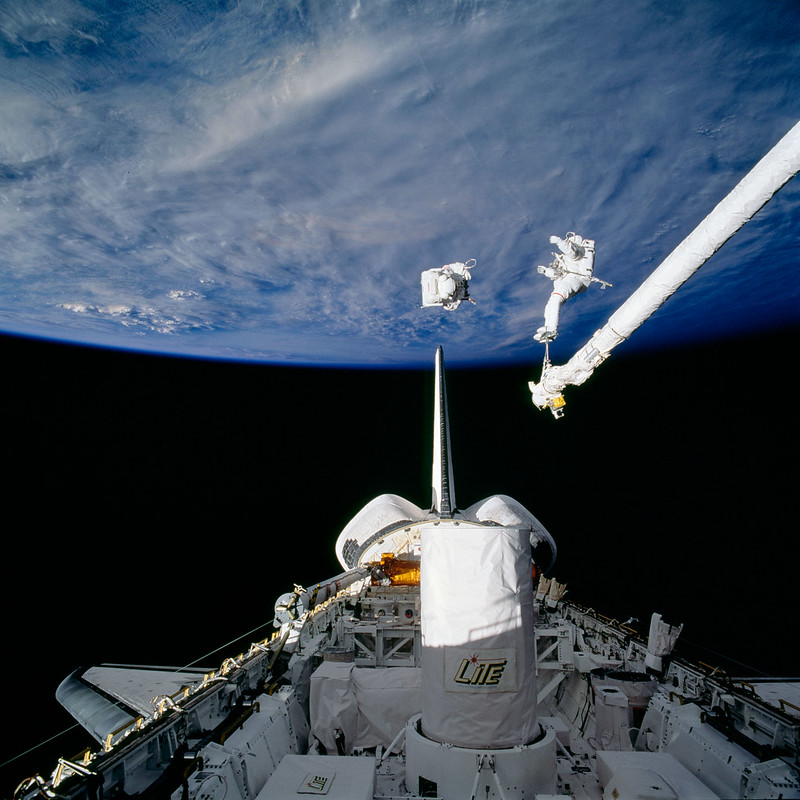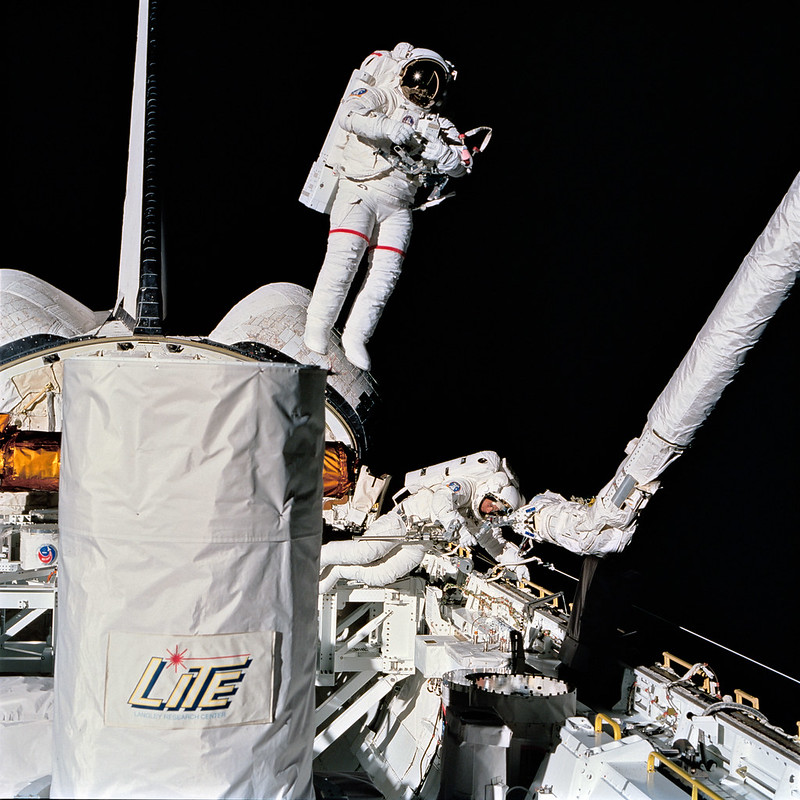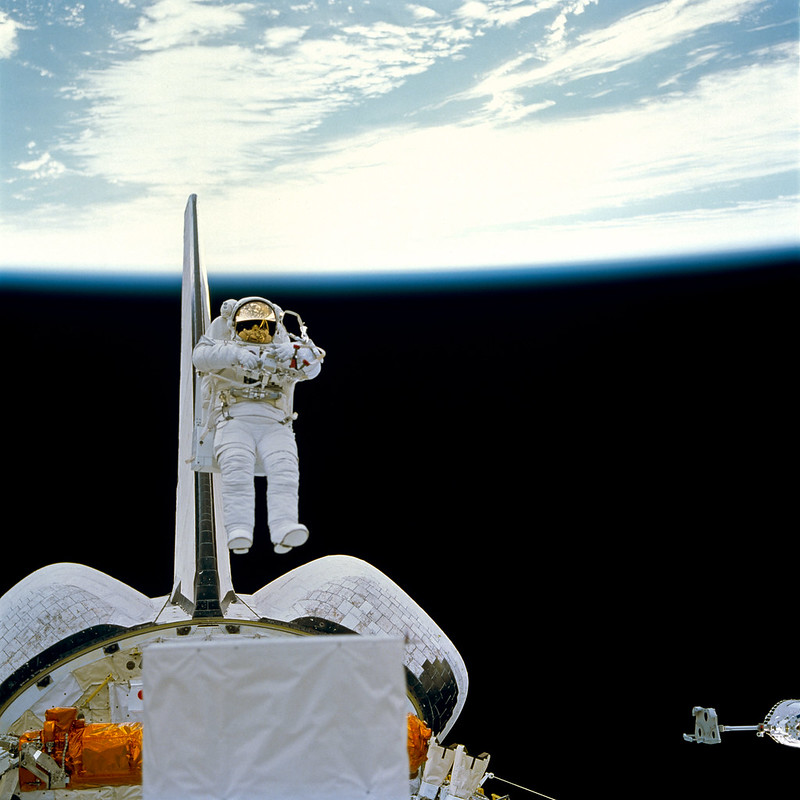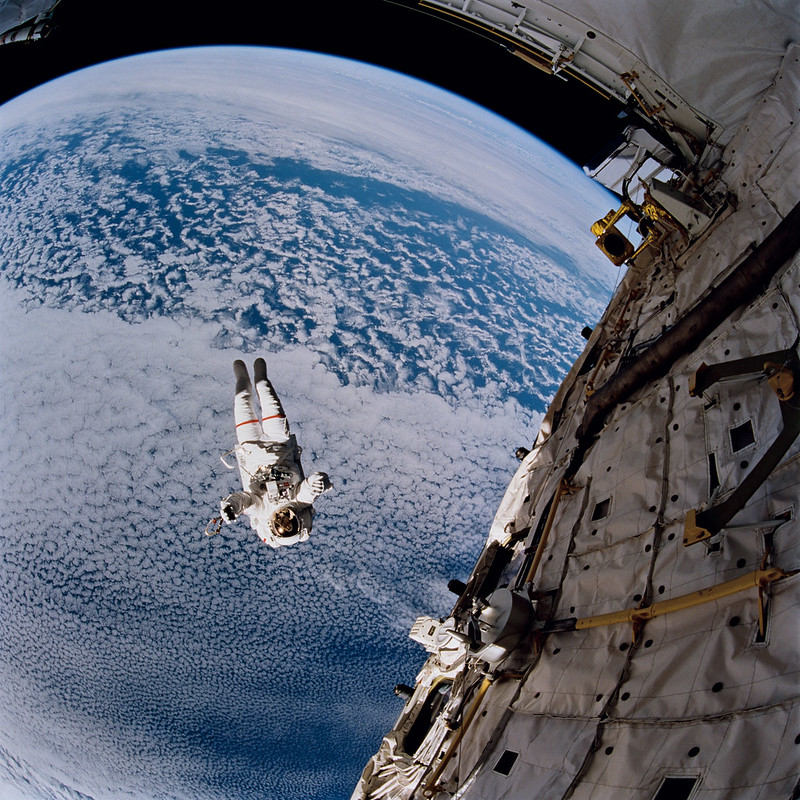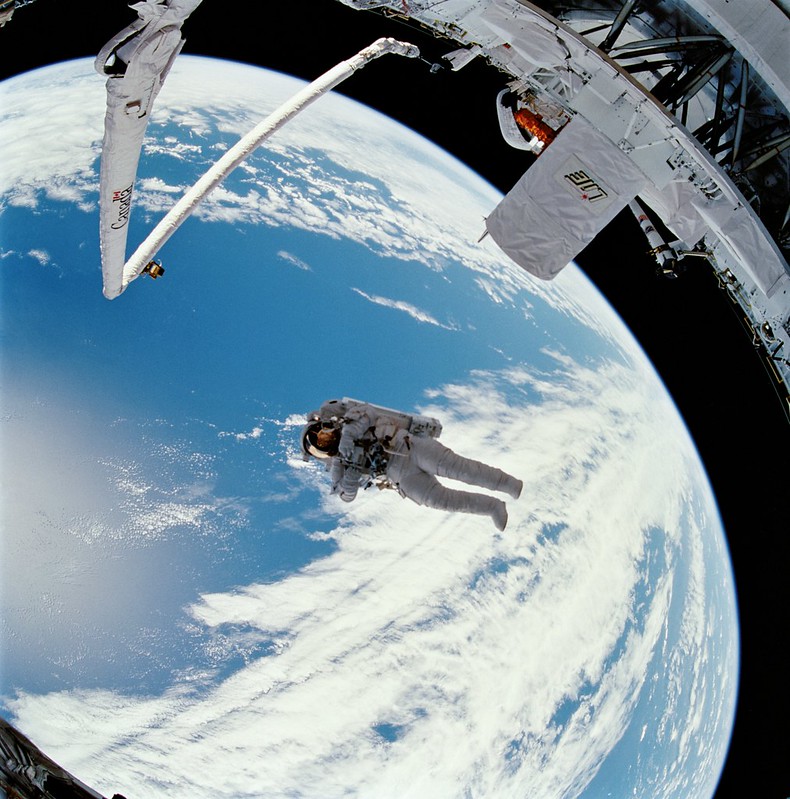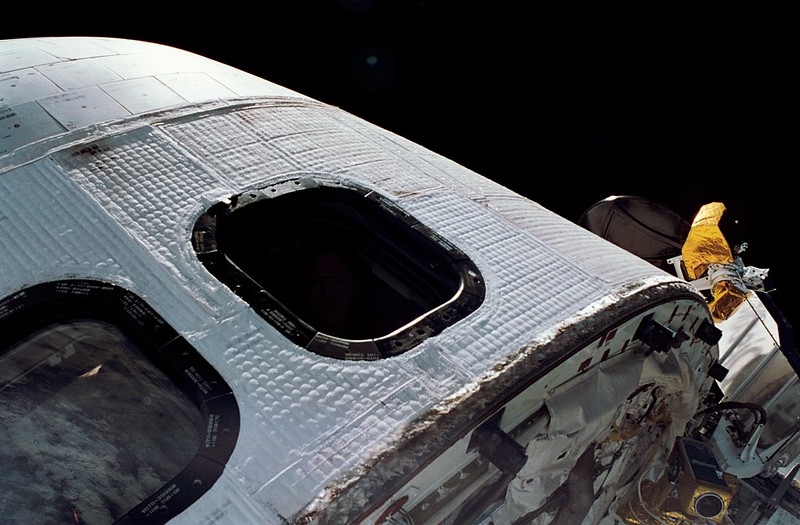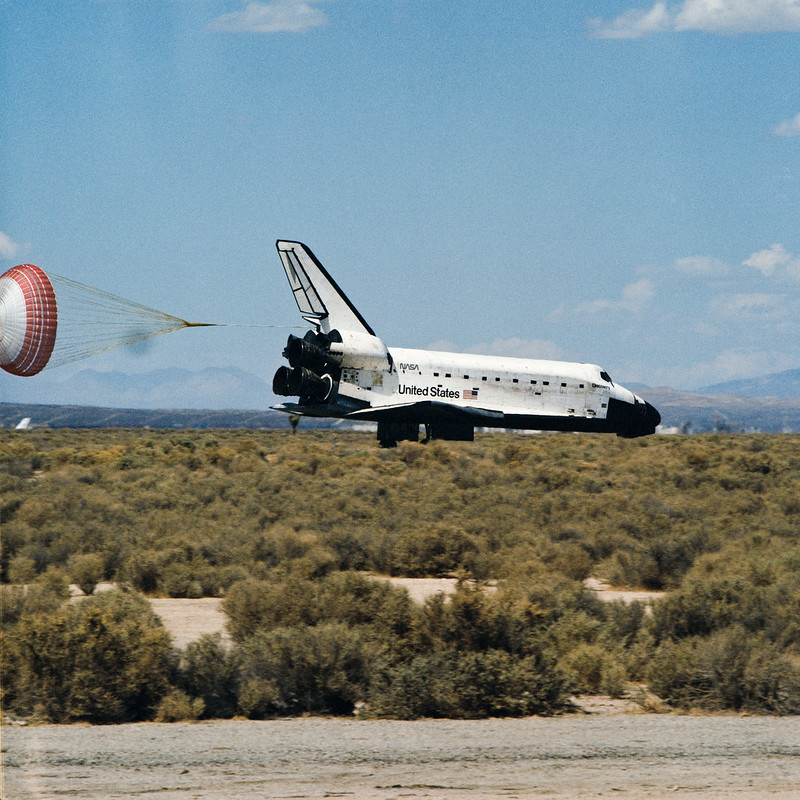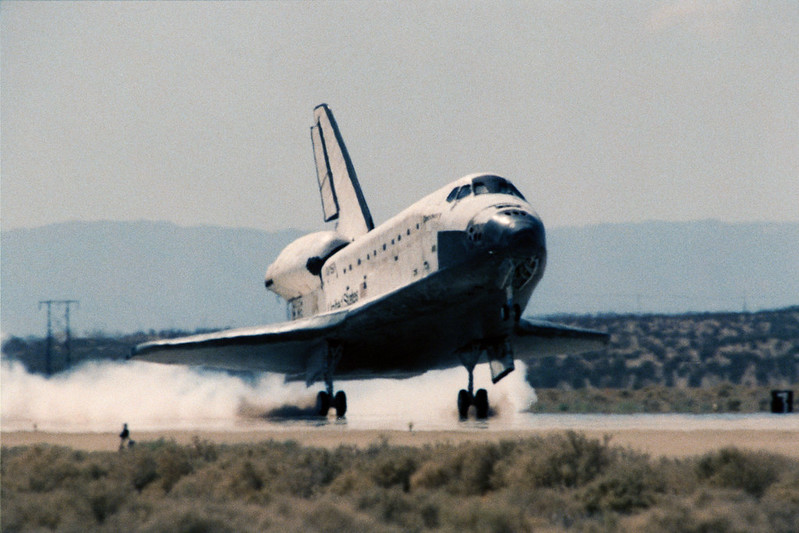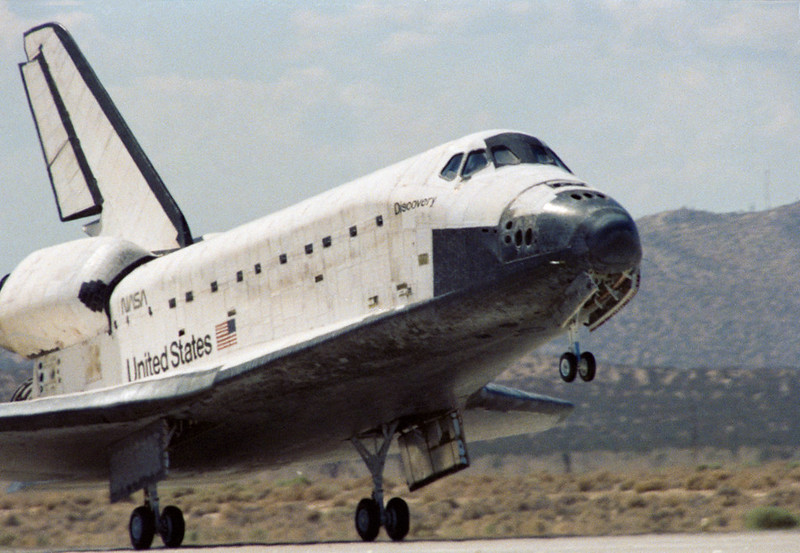STS-64 Fact Sheet
By Cliff Lethbridge

STS-64 — Discovery
64th Space Shuttle Mission
19th Flight of Discovery
Crew:
Richard N. Richards, Commander
L. Blaine Hammond, Jr., Pilot
Susan J. Helms, Mission Specialist
Carl J. Meade, Mission Specialist
Mark C. Lee, Mission Specialist
J.M. Linenger, Mission Specialist
Orbiter Preparations:
Tow to Orbiter Processing Facility – February 11, 1994
Rollover to Vehicle Assembly Building – August 11, 1994
Rollout to Launch Pad 39B – August 19, 1994
Launch:
September 9, 1994 – 6:22:55 p.m. EDT. Launch was delayed just under two hours due to weather concerns at the launch site.
Landing:
September 20, 1994 – 5:12:52 p.m. EDT at Runway 04, Edwards Air Force Base, California. Rollout distance was 9,656 feet. Rollout time was 60 seconds. Mission duration was 10 days, 22 hours, 49 minutes, 57 seconds. Landing occurred during the 176th orbit.
Mission was extended two days due to poor weather at the Kennedy Space Center primary landing site.
Mission Summary:
This was the first flight of the Lidar In-Space Technology Experiment (LITE), an optical radar instrument using laser pulses instead of radio waves to study Earth’s atmosphere.
LITE produced unprecedented documentation of cloud structures, storm systems, dust clouds, pollutants, forest burning and surface reflectance.
On September 16, 1994 astronauts Lee and Meade performed the first untethered spacewalk since 1984. During a 6 hour, 51 minute spacewalk, the sole spacewalk of the mission, the astronauts tested a new backpack called Simplified Aid for EVA Rescue (SAFER), designed for use if a crew member accidentally becomes untethered during a spacewalk.
The Shuttle Pointed Autonomous Research Tool for Astronomy-201 (SPARTAN-201) free flying satellite was released and retrieved after two days of data collection on the solar winds and corona.
Other payloads included the Shuttle Plume Impingement Flight Experiment (SPIFEX), a 33-foot long instrumented extension for the Shuttle’s robot arm.
SPIFEX collected data on the plume from the Shuttle’s Reaction Control System (RCS) thrusters to identify any potential hazards they might pose to structures like a space station.
The Robot Operated Processing System (ROMPS) became the first U.S. robotics system operated in space, mounted in two GAS canisters. Ten other GAS canisters contained a variety of experiments.
Additional payloads included Biological Research in Canister (BRIC) to investigate the effects of spaceflight on plants, Military Application of Ship Tracks (MAST) to study ship wakes, Solid Surface Combustion Experiment (SSCE), Radiation Monitoring Equipment III (RME III), Shuttle Amateur Radio Experiment II (SAREX II) and Air Force Maui Test Site (AMOS) calibration tests.
SELECTED NASA PHOTOS FROM STS-64
